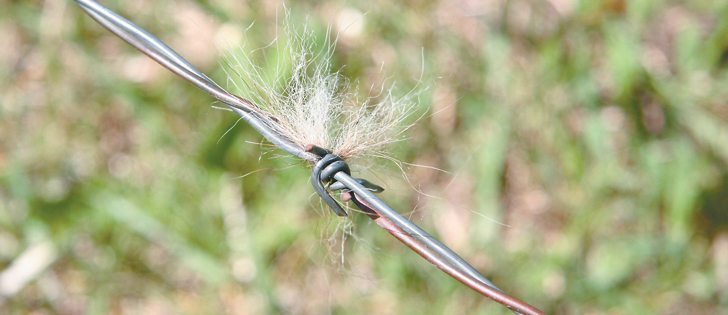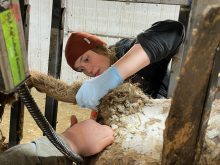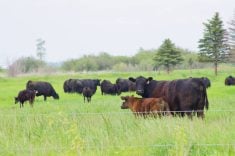Imagine a grizzly bear wandering south from the Yukon into the Alberta Rockies and encountering a mate that made a similarly remarkable journey north from Yellowstone National Park in Wyoming.
This type of encounter is part of the vision of an ambitious wildlife conservation effort in Western Canada and the United States.
Called the Yellowstone to Yukon Conservation Initiative (Y2Y), the purpose is to create a wildlife-friendly corridor through a 3,200 kilometre stretch of land spanning from the Yukon to Yellowstone National Park.
It is a collaborative effort to create habitats that allow large wild animals such as grizzly bears and wolves to thrive and move more freely through areas that were in their historical range before European settlement.
Read Also

Feds propose overhaul of chronic wasting disease control program
Chronic Wasting disease control program getting updated by Canadian Food Inspection Agency with feedback encouraged from producers.
Increasing human activity, development in natural areas and habitat fragmentation are contributing to the decline in wild mammals. It also limits their ability to adapt to climate change, which is a serious and increasing threat.
Animals will have to move to habitats with more favourable conditions or perish if climate change drastically changes current nature reserves. There is little hope that wild animals could successfully reestablish themselves elsewhere if safe connections between natural areas are lacking.
This large-scale North American conservation project is important for several reasons:
Large wild animals are increasingly restricted to small patches of habitat within their traditional range.
This patchwork of suitable land acts like islands in the ocean —the isolated groups of animals cannot travel between them and are vulnerable to extirpation.
Animals in fragmented habitats experience more frequent contact and increased competition, which leads to increased stress and disease transmission.
Many animal species have large individual territories. Habitat fragmentation and encroachment into wilderness areas may crowd wildlife to patches that are too small for their normal behaviours, including ranging and hunting.
The remaining animals on these islands have limited opportunities to find mates that are unrelated. A limited gene pool reduces disease resistance and the ability to adapt to changing habitats, which will occur with climate change.
Preserving habitats suitable for large mammals allows them to fulfill their function as landscape architects and top predators with trickle down effects to smaller animals and their environment.
Ecosystems are enormously complex and depend on interactions between animals and their environment in ways that are challenging to predict.
For example, there were many unforeseen changes when wolves were reintroduced in Yellowstone National Park, including more beavers and increased elk movement, which even affected the flow of the park’s rivers.
It must be remembered that a large-scale conservation plan like this will increase the number of large predators, including grizzly bears.
This in turn will create a major challenge for landowners, ranchers and other interest groups as they balance conservation with the needs of using the land.
The project works with ranchers to reduce conflicts with large predators such as wolves and bears. For example, proper carcass disposal and garbage storage in areas near wilderness can prevent wildlife from moving into areas with higher human population and domestic livestock.
Another Y2Y project incorporated electric fences around higher-risk calving pens.
Ongoing plans to build overpasses and underpasses for wildlife in southern British Columbia will reduce road kills.
Finding ways to co-exist is essential to this conservation effort.
Increased connectivity and movement may facilitate disease transmission if a pocket of disease was contained by human-created habitat fragmentation. Depending on the disease, the potentially negative impacts may be offset by an increase in resiliency and overall health of the population.
The ambitious Y2Y project will increase the health of this important ecosystem at a landscape level by overcoming lines drawn on a map.
This visionary approach considers that many wild animals need vast areas to thrive. As well, these large, interconnected natural areas are essential if wild animals are to be given a chance to adapt to climate change.
All too often, the news about the status of wildlife is bleak. Initiatives such as the Y2Y offer a refreshing and ambitious reason for optimism.















